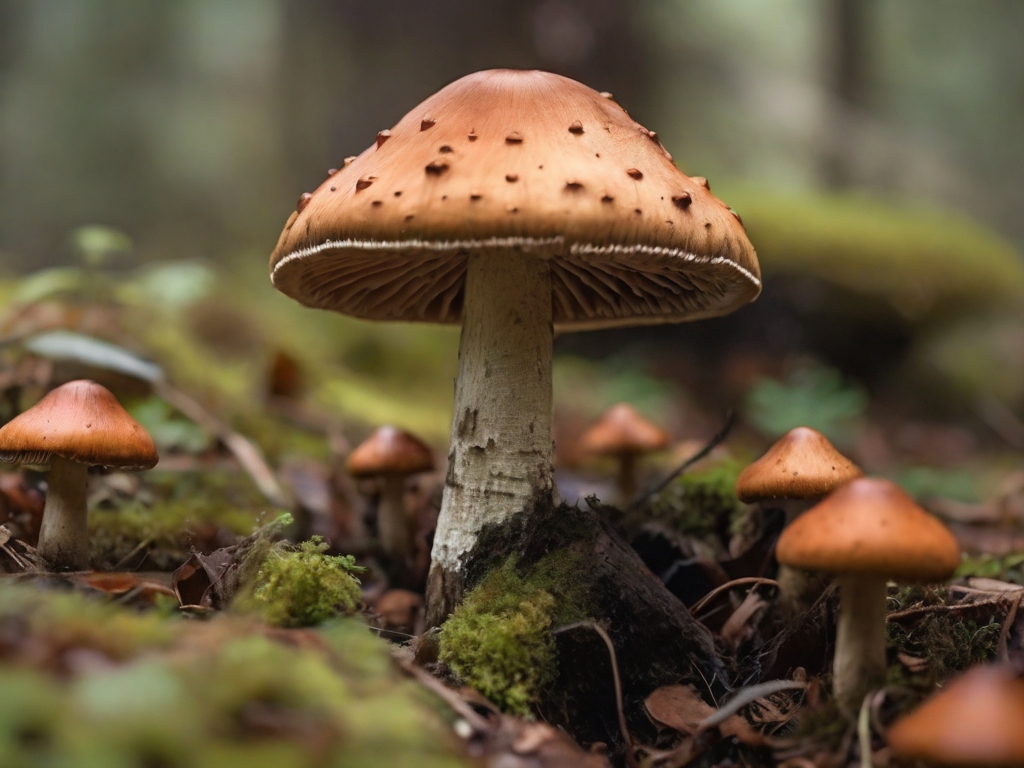The proliferation of artificial intelligence (A.I.) technologies in mushroom identification poses significant risks to foragers, according to recent reports. As novice foragers increasingly rely on AI-powered tools to identify wild mushrooms, instances of misidentification have resulted in severe illnesses and hospitalizations. The allure of quick identification and the apparent simplicity of A.I. apps belie the complexities of mushroom identification, which require nuanced understanding and real-world experience.
A call for responsible disclosure
Experts emphasize the importance of transparent disclosure when AI is involved in generating informational content. Businesses behind these technologies must consistently remind users of the fallibility of A.I. systems to mitigate the risk of automation bias, where users unquestioningly trust machine-generated information. Moreover, these businesses should be held liable for any harm caused by A.I. misinformation, ensuring accountability and protecting users from deceptive content.
Foraging for wild mushrooms carries inherent risks due to the potential presence of toxic or deadly species. The lack of comprehensive testing for toxicity in many mushroom species underscores the importance of reliable information sources for foragers. Experienced local foragers stress the necessity of hands-on learning and caution against overreliance on A.I. tools for mushroom identification, advocating for traditional resources such as field guides and local mycological organizations.
A.I.-powered mushroom identification applications: limited reliability
While A.I.-powered mushroom identification apps offer convenience, their reliability remains questionable. Studies have shown that these apps often misidentify mushrooms, including toxic species, posing serious health risks to users. Users must exercise caution and not blindly trust app-generated identifications, as they lack the nuanced understanding and judgment of experienced foragers. Instances of poisoning linked to misidentified mushrooms highlight the dangers of overreliance on A.I. technology in foraging.
In 2023, Amazon faced a surge of A.I.-generated mushroom books flooding its marketplace, raising concerns about the dissemination of potentially harmful misinformation. The influx of these books prompted Amazon to revise its policies, limiting the number of books that a single author or publisher could release per day. Despite efforts to address the issue, challenges remain in detecting and mitigating the spread of AI-generated content, underscoring the need for ongoing vigilance and accountability in the digital age.
As the popularity of foraging for wild mushrooms grows, so do the risks associated with AI-powered identification tools. While these technologies offer convenience, their reliability in accurately identifying mushrooms, particularly toxic species, remains dubious. Responsible disclosure, user education, and accountability are essential in mitigating the dangers of A.I. misinformation and safeguarding the well-being of foragers. In the pursuit of knowledge about wild fungi, caution and skepticism must prevail over blind trust in machine-generated information.
